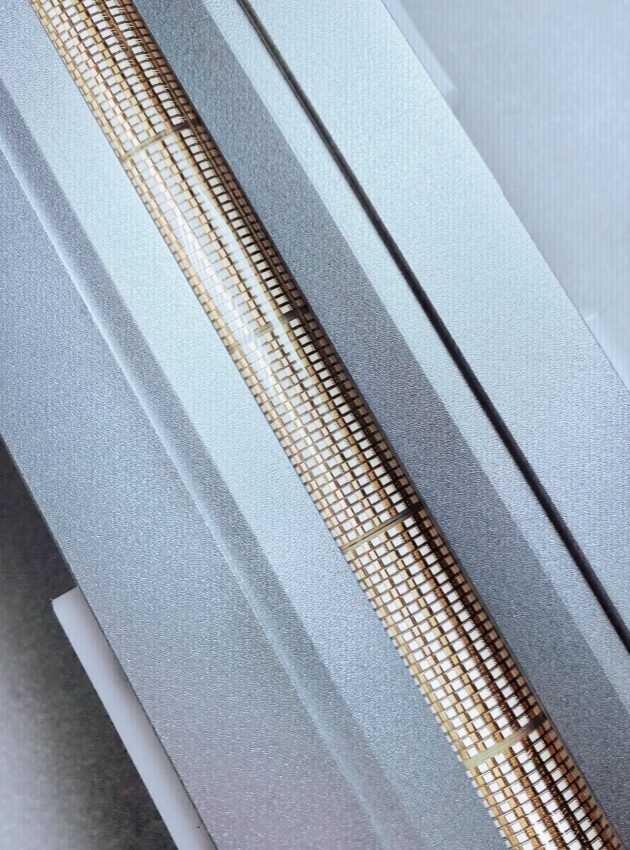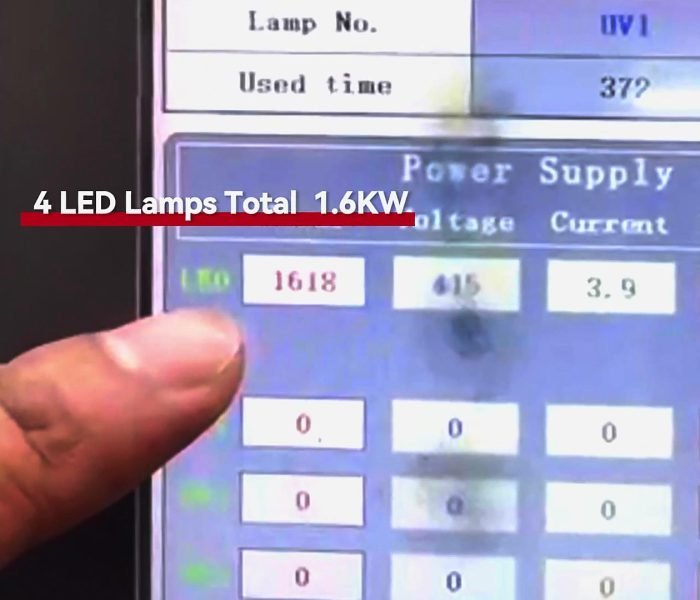As environmental awareness rises and energy crises intensify, traditional industrial manufacturing technologies are undergoing a profound transformation. Among these advancements, LED UV technology stands out as a leading solution that aligns with future development trends due to its superior performance and eco-friendly characteristics. This article explores the technical features of LED UV, relevant legal documents, and its role in sustainable development.

Technical Features of LED UV
1.1 High Efficiency and Low Power Consumption
- Energy Efficiency: LED UV lights are highly efficient, producing strong UV light with low power, reducing energy use and heat.
- Cost Savings: Optimized LED UV systems cut energy costs by >70% under similar conditions.
1.2 Long Lifespan and Low Maintenance Costs
- Extended Lifespan: LED sources last >20,000 hours, vs. 1,000-2,000 hours for traditional lamps.
- Reduced Maintenance: Longer lifespan means fewer replacements, lower maintenance costs, and higher efficiency.
1.3 Low-Temperature Curing and Material Compatibility
- Temperature Sensitivity: LED UV operates at lower temperatures, suitable for heat-sensitive materials, unlike traditional lamps that can cause damage.
- Versatile Applications: Ideal for electronics, printing, and packaging.
1.4 Instant Start and Environmental Friendliness
- Immediate Operation: LED UV systems start instantly at full power, with no preheating needed, allowing flexible production.
Legal Documents and Compliance of LED UV
2.1 Environmental Regulations Support
Countries and regions, including Europe, the United States, and China, have enacted strict environmental regulations that set standards for volatile organic compound (VOC) emissions. Traditional solvent-based inks and coatings often contain high levels of VOCs, contributing to air pollution. In contrast, LED UV curing technology is solvent-free, aligning with current environmental trends.
- EU REACH Regulation: Aims to reduce the hazards of chemicals to the environment and human health, making LED UV technology a safer alternative.
- US EPA Regulations: Support the widespread adoption of LED UV technology by reducing harmful emissions.
2.2 Energy Conservation and Emission Reduction Policies
Globally, many energy conservation policies encourage businesses to adopt energy-efficient equipment to reduce energy consumption and greenhouse gas emissions. As a high-efficiency, low-energy green technology, LED UV curing meets these policy requirements and has gained widespread recognition.
- Carbon Footprint Reduction: Helps businesses lower their carbon footprints.
- Government Incentives: Many countries offer tax breaks and subsidies for businesses adopting green technologies.

3. The Role of LED UV in Sustainable Development
3.1 Energy Savings and Resource Utilization
- Energy Efficiency: LED UV reduces energy use and carbon emissions compared to traditional lamps, aiding in energy independence and global energy crisis mitigation.
- Environmental Benefits: Mercury-free and no VOC emissions, contributing to cleaner air.
3.2 Enhanced Product Quality and Innovation
- Quality Improvement: LED UV’s precise wavelength control and efficient curing enhance ink and coating quality, meeting high standards.
- Sustainable Development: Boosts production efficiency and supports sustainability goals.
Conclusion












